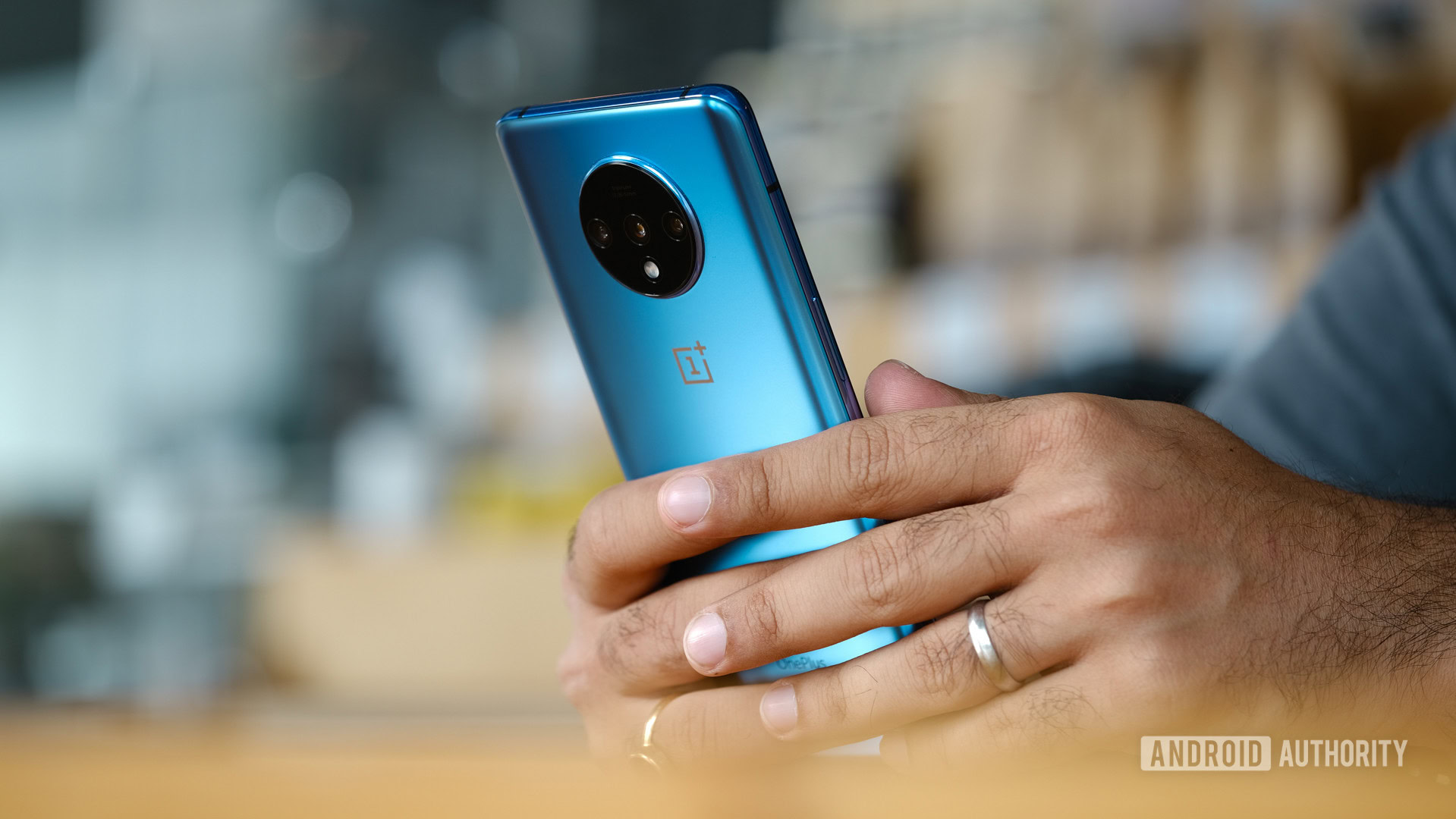Affiliate links on Android Authority may earn us a commission.Learn more.
Flagship killers used to be exceptional. Now they’re almost old news.
June 14, 2025
That got me thinking — how did we get here? How come a phone with Snapdragon 855 and ample RAM and storage,that costs $300,isn’t that special anymore?
To answer that, we need to go back to the original “Flagship Killer.” Released in April 2014, theOnePlus Onewas in some ways better thantheAndroid flagship of the moment, theGalaxy S5. The new phone started from $299, half what the Galaxy S5 cost.

The OnePlus One was by no means a true flagship phone, but it was a “flagship killer” in the modern sense of the words. It offered the same core specs (processor/RAM/storage) as premium phones, without the premium price.
OnePlus dropped the “Flagship Killer” tagline within a couple of years, andsteadily increased prices. But the concept lived on. Like “jacuzzi,” “band-aid,” and “velcro,” the term “flagship killer” became genericized. It’s slightly cheesy and not entirely accurate, but it’s the best name we have for of a new product category.

Flagship killers everywhere
Besides the Meizu 16T, the past months saw the release of many other phones that marry high-end specs with low-end prices. These include thenubia Z20, therealme X2 Pro, theXiaomi Mi 9T Pro, theRedmi K20 Pro, and theASUS ZenFone 6, to name the better-known ones.
These phones have a bunch of things in common. They are all powered by either Snapdragon 855 or Snapdragon 855 Plus, and they usually have an AMOLED screen, 8GB of RAM, 128GB of storage, batteries of around 4,000mAh or more, and double or triple cameras. And they all cost between $300 and $500. TheOnePlus 7Tis a little more expensive, but it’s still widely regarded as great value for money.

At a glance, these phones compare favorably to the flagships they claim to target, which cost 2x-4x more. In fact, if you just think about the core specs, it’s kind of surprising that there are any flagships left to kill.
That’s not say that these phone are objectively better than premium phones. Nobody will deny that a Galaxy Note 10 Plus or a HUAWEI Mate 30 Pro offer more features, finer cameras, and generally more attention to detail. But flagship killers are simply good enough for many buyers.

This is very much a new development. The industry has pushed value phones before, but never in such numbers, and never with so much gusto. Hell, just last year, thePocophone F1was a Big Deal. Today, the category is so crowded that Xiaomimight have quietly canceled (or pushed back) the POCOphone F2.
OnePlus, then and now
This is what smartphone commoditization looks like
Commoditization is one of those many-syllable words that actually describe a very simple concept. In this case, as a market gets more mature, profit margins become thinner — and the differences between competing products become smaller.
Cheap phones with high-end specs — aka flagship killers — are fast becoming a commodity. As these products get cheaper and cheaper, they become increasingly interchangeable. What drives this process?
Competition is the biggest factor, as more and more companies join the smartphone fray. Most of the brands that are active in the flagship killer segment were not even around five years ago (at least not in a major way).
Another big driver of commoditization is the flattening growth curve. The phone market has moved past its gold rush phase. As customers become more experienced and less responsive to hype and marketing, they realize that they can get a good-enough phone without paying the premium.
The innovation curve is also flattening, allowing “followers” like realme and HONOR to stay closer to “leaders” likeSamsungandHuawei.
You could also argue that one company in particular is driving commoditization at the high-end. Except HUAWEI devices, Qualcomm has a near monopoly on high-end SoCs, the crucial components that determine not just the performance, but also what features a phone can support. If everyone uses the same chip, how can we expect to see more variation in the market?
Boring is good
Commoditization can hurt the manufacturers that fail to adapt, but it’s great for consumers. It makes good phones cheaper, albeit less exciting.
The prospect of a boring, static mobile industry is depressing (and a little scary, if you’re writing for a mobile-focused publication likeAndroid Authority), but innovation won’t disappear – it will just change focus.
Already, phone makers are making huge efforts to differentiate themselves in very specific areas, whether it’s Google’s Soli radar, Samsung’s foldables, HUAWEI’s camera hardware, or OPPO’s ultra-fast charging. Not every idea will catch on, but the good ones will permeate throughout the ecosystem, eventually becoming cheap enough that anyone will be able to use them.
In the meantime, we’ll see more and more cheap phones with great specs. In fact, I’d wager we’ll see at least a couple other flagship killers come out by the end of the year. And no one will bat an eye.
Thank you for being part of our community. Read ourComment Policybefore posting.